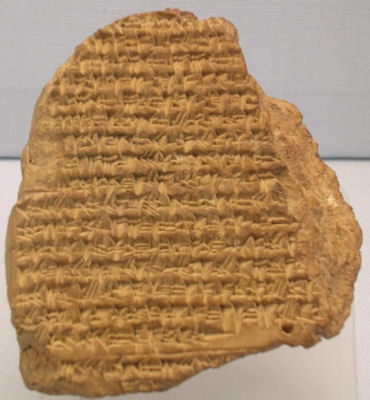The Babylonian calendar was a lunisolar calendar based on the lunar phases which was used in Babylon and surrounding regions for administrative, commercial and ritualistic purposes.
The Babylonian year consisted of twelve lunar months, each beginning on the evening (i.e. after sunset) of the first observed (or computed) lunar crescent after the astronomical new moon.
The year began around the spring equinox and in order to keep the calendar in step with the seasons, an intercalary month was inserted at (semi-)regular intervals. At first the intercalary months were inserted at irregular intervals, based on the observed discrepancies between the calendar and the seasons, but after about 500 BCE a regular intercalation scheme consisting of seven intercalary months in a 19-year cycle was adopted
This intercalation cycle was later also adopted by Greek astronomers, who referred to it as the Metonic cycle, and it still regulates the current Hebrew calendar.
This website supports a calendar converter for converting Babylonian dates into Julian dates, and vice-versa, and is based on the well-known calendrical tables in Babylonian Chronology by Richard Anthony Parker (1905-1993) and Waldo Herman Dubberstein (1907-1983) of which the most recent (4th) edition was published in 1971.
The calendar converter is valid between the year 626/25 BCE, the accession year of the Babylonian king Nabopolassar, and the year 75/76 CE [= 386 Seleucid Era = 322 Arsacid Era].
Introduction The months of the Babylonian calendar Babylonian calendar converter Schematic dates for the equinoxes, the solstices and the heliacal phenomena of Sirius Literature & web links










 Stumble It!
Stumble It!

No comments:
Post a Comment